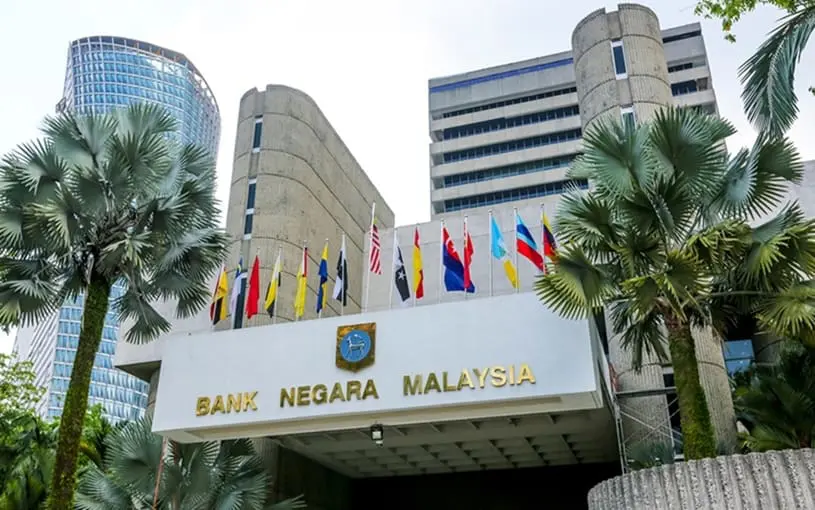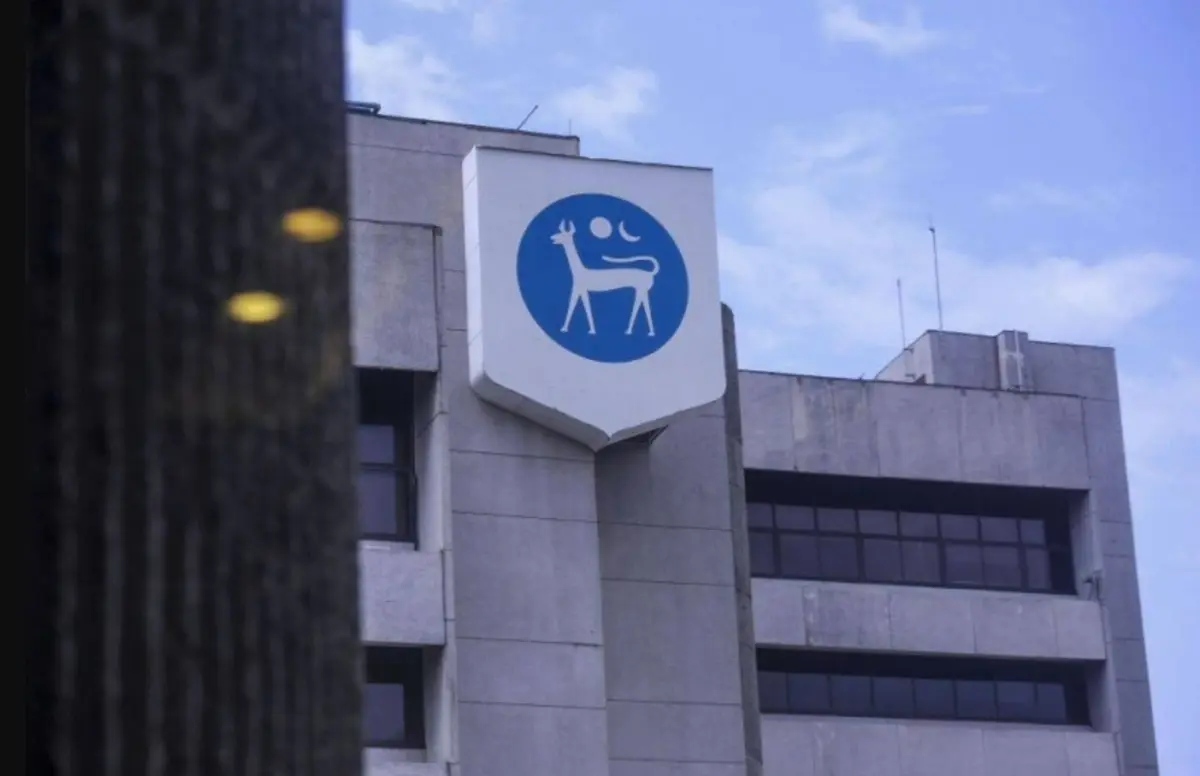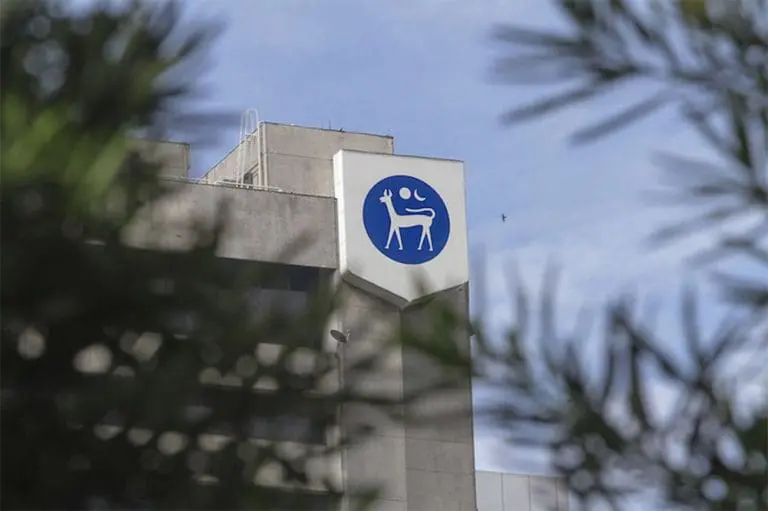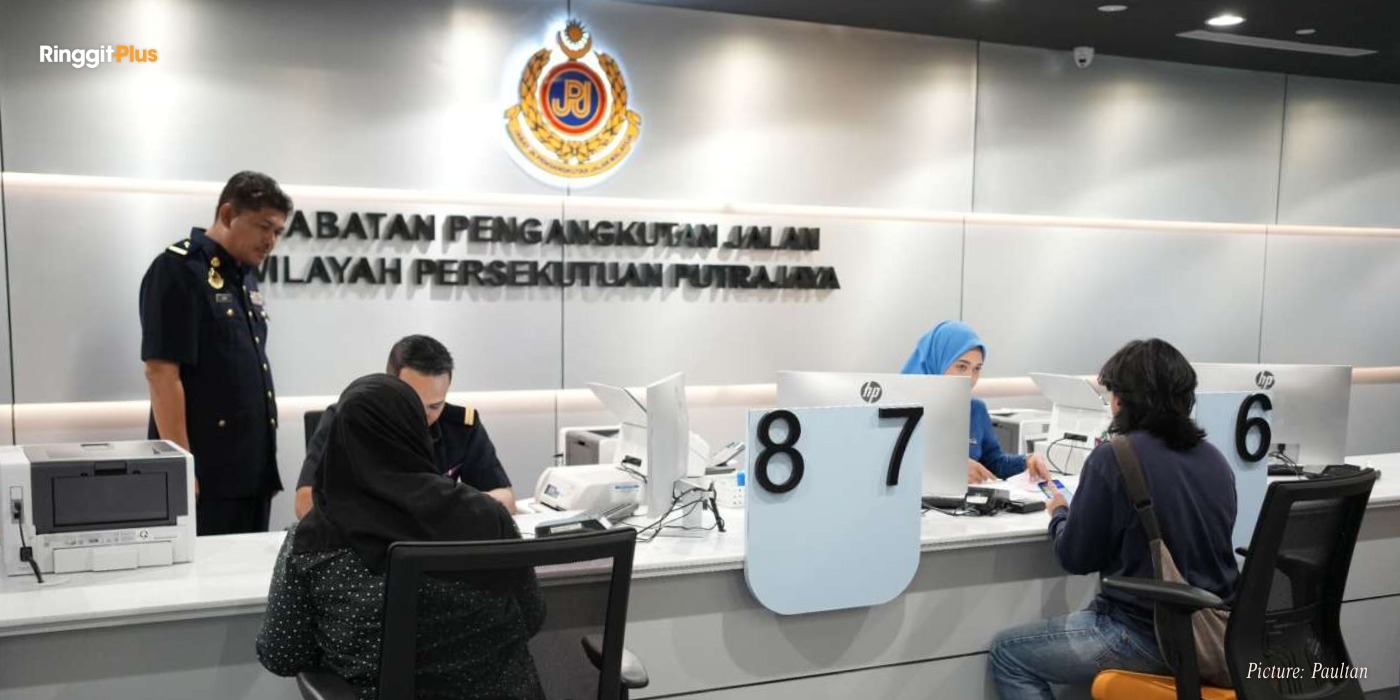Nur Adilah Ramli
31st March 2022 - 3 min read

Bank Negara Malaysia (BNM) reported that Malaysia’s household debt-to-Gross Domestic Product (GDP) ratio has settled at 89% as at December 2021 – a decline from the ratio of 89.6% recorded in June 2021. It is also an improvement from the record high household debt-to-GDP ratio of 93.2% that was logged back in December 2020.
Revealed in the Financial Stability Review for the second half of 2021, BNM said that stronger nominal GDP was a major contributor to the lower household debt-to-GDP ratio. Despite the improvement, Malaysia’s debt-to-GDP ratio remained higher than other economies in the region, such as Singapore (69.7%), Indonesia (17.2%) and the Philippines (9.9%).
In addition, the central bank stated that household debt as at December 2021 grew at a slower rate of 4.1% year-on-year (y-o-y), as compared to 5.5% as at June 2021. This is due to the reimplementation of Covid-19 containment measures in the third quarter of last year.

BNM also noted that the growth in debt was largely driven by housing loans, with more Malaysians tapping into the incentives offered under the Home Ownership Campaign. Launched in January 2019, the campaign was introduced to encourage home ownership by offering various incentives, including a full or partial stamp duty exemption and a 10% discount on the house purchase price. It was subsequently extended several times since then, before ending on 31 December 2021.
Besides that, BNM reported that personal financing as well as outstanding credit card debt decreased by 0.3% and 1.3%, respectively, as people spent less during the movement control order period.
The central bank also said that bank lending to households was sustained at 4.3% y-o-y growth in the second half of 2021, adding that 71% of the borrowers earn more than RM5,000 in monthly income. Additionally, the median Debt Service Ratios (DSRs) of newly-approved and outstanding loans were maintained at 44% and 35%, respectively.
“Around two-thirds of new loans approved in 2021 had DSRs below 60%, little changed from the share before the pandemic. Overall, the share of borrowers with DSRs exceeding 60% has also remained stable at around a quarter of total household borrowers,” said BNM, adding that 67% of the borrowers with DSRs of more than 60% have a monthly income of more than RM5,000 – putting them in a better position to repay loans in the event of financial shocks.

“Most of these loan accounts continue to be performing with impairment levels among these borrowers remaining low at 0.7%. Forward-looking indicators – such as the share of loans classified by banks to be higher of risk for this segment – however, point to an expected increase in impairments largely in line with trends observed in overall household loans,” BNM further commented.
Aside from that, the central bank also noted that more borrowers – across income groups – have taken up repayment assistance under the PEMULIH stimulus package, given its more inclusive enrolment criteria. That said, borrowers with less than RM5,000 in monthly income remained the main beneficiaries of the aid provided, with 60% of new accounts benefitting from the repayment assistance between July and December 2021.
(Source: The Edge Markets)








Comments (0)